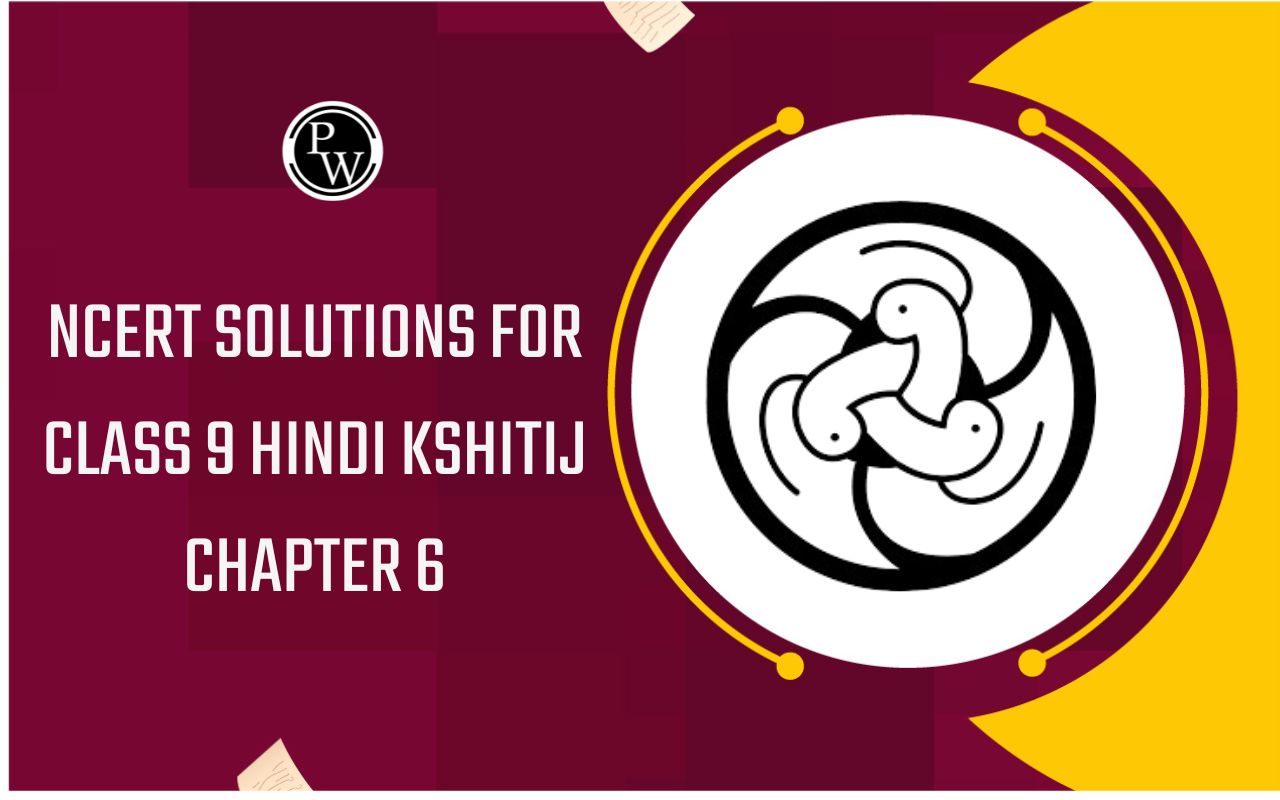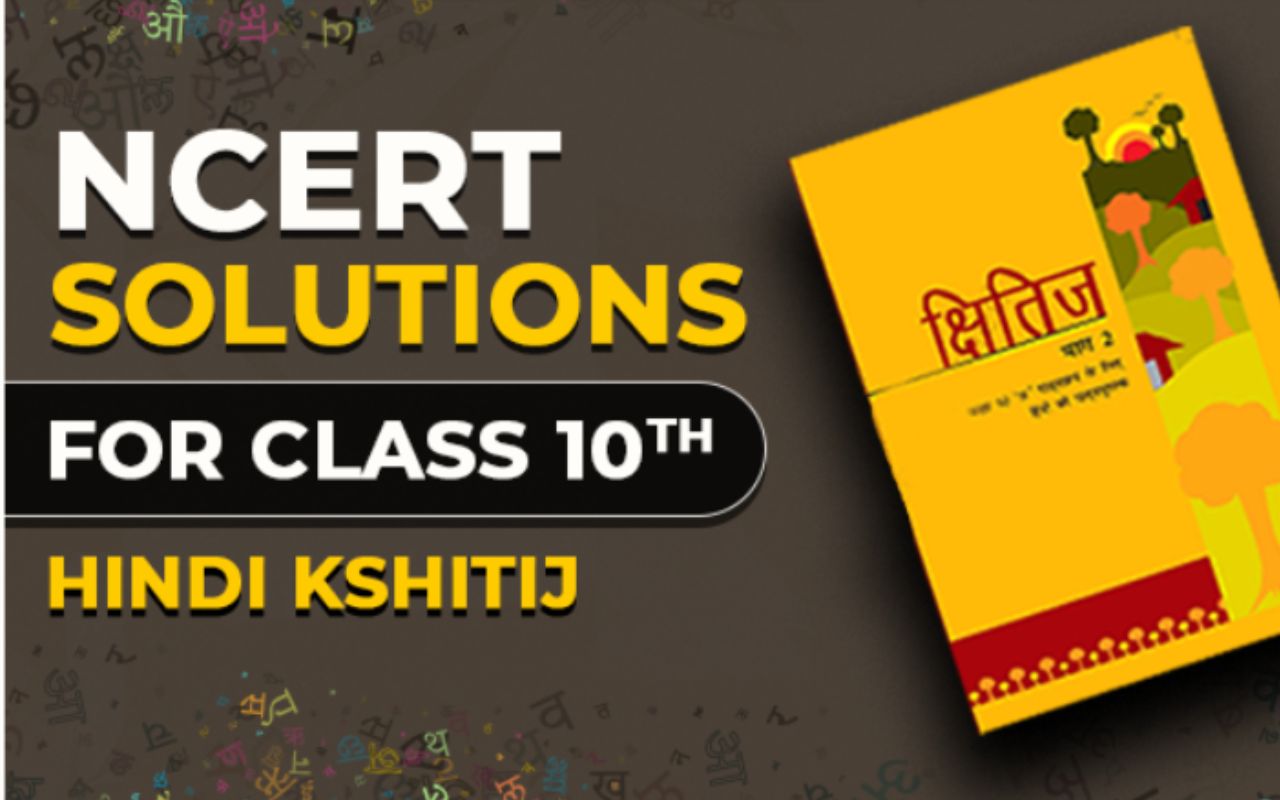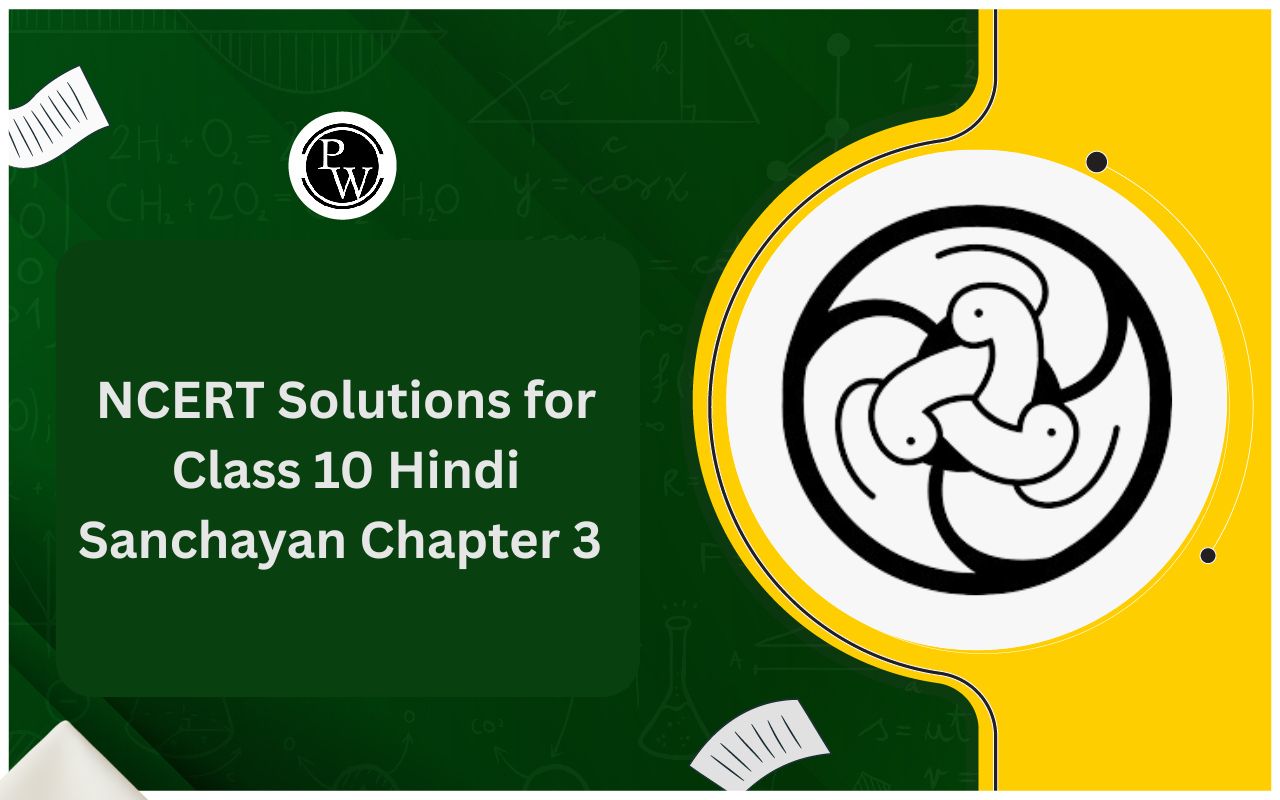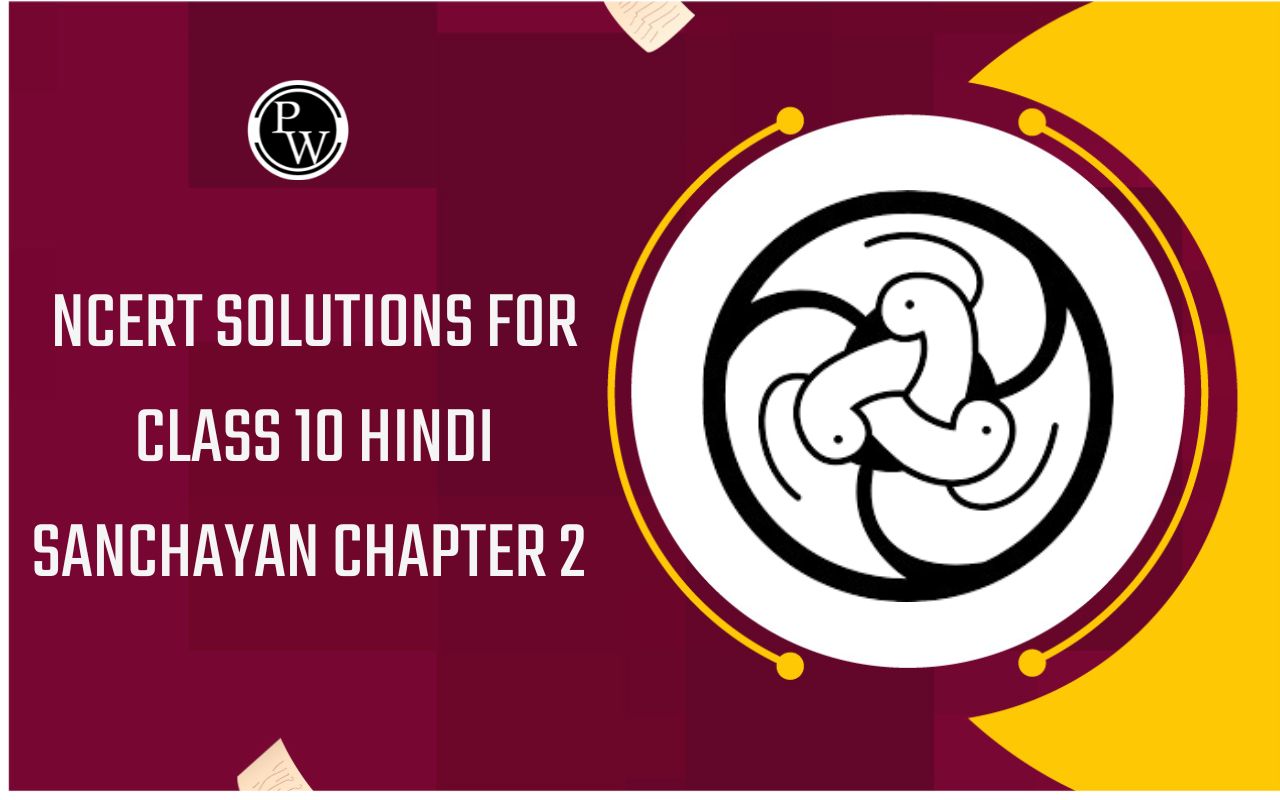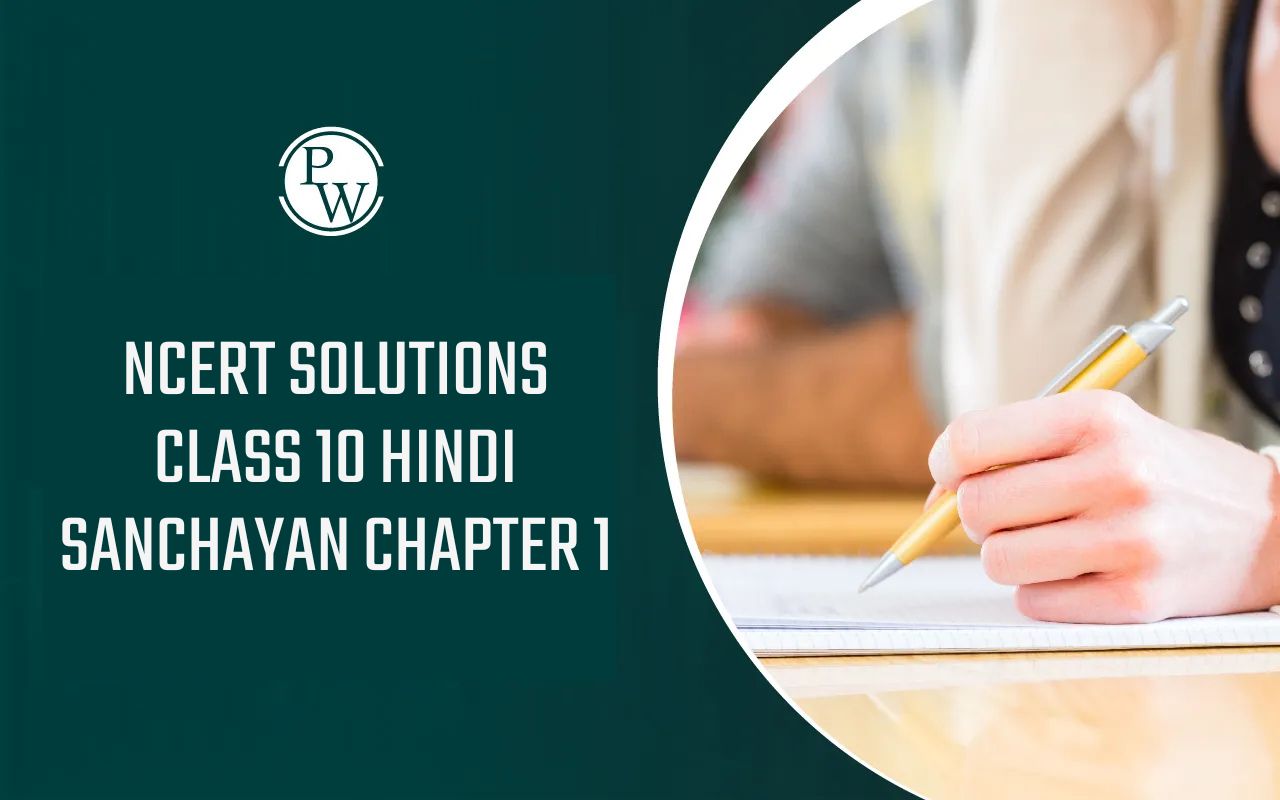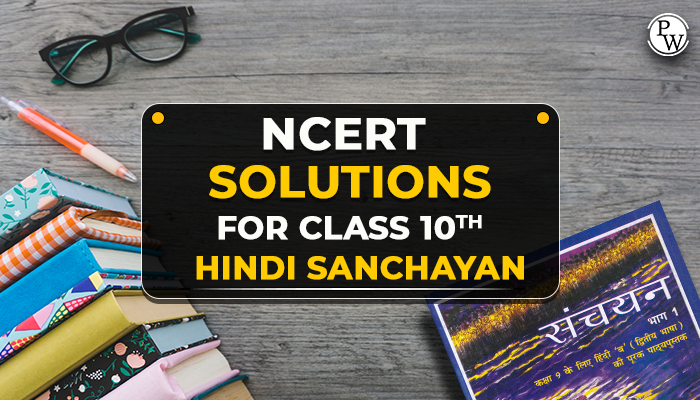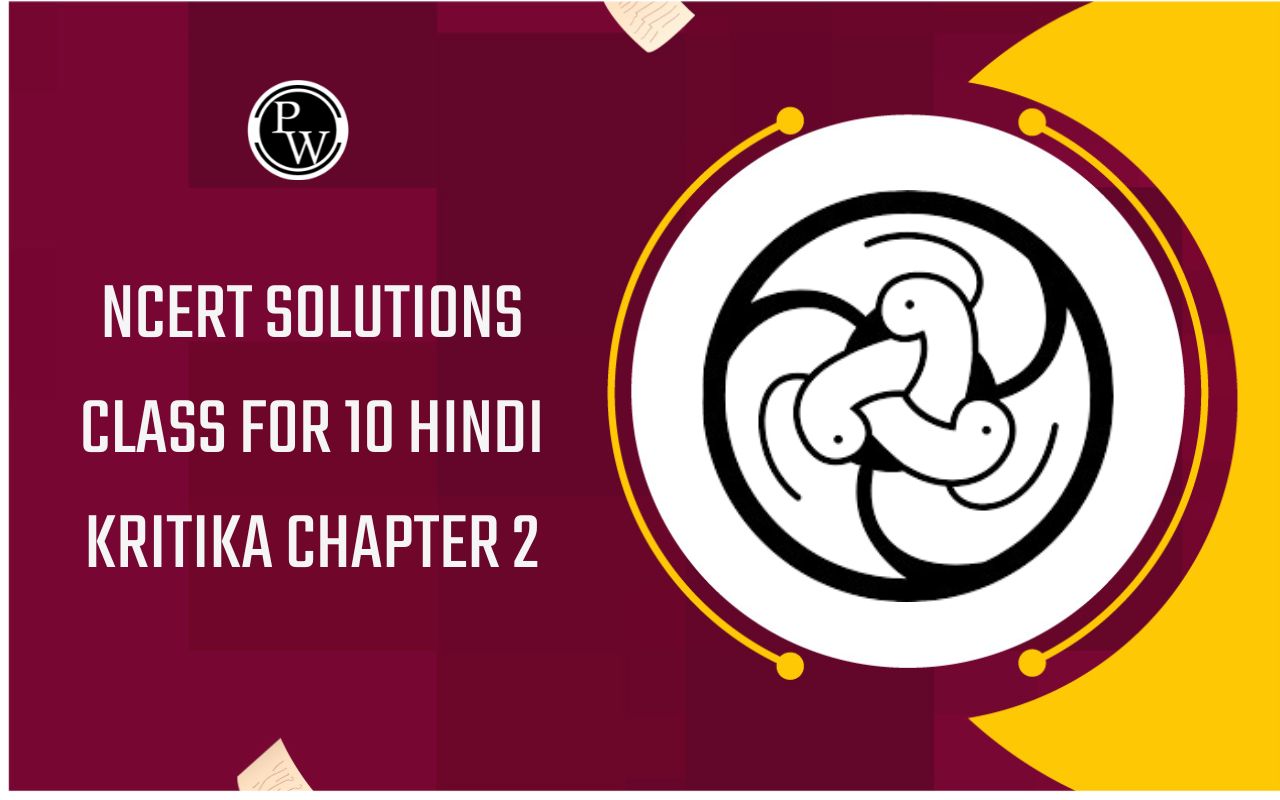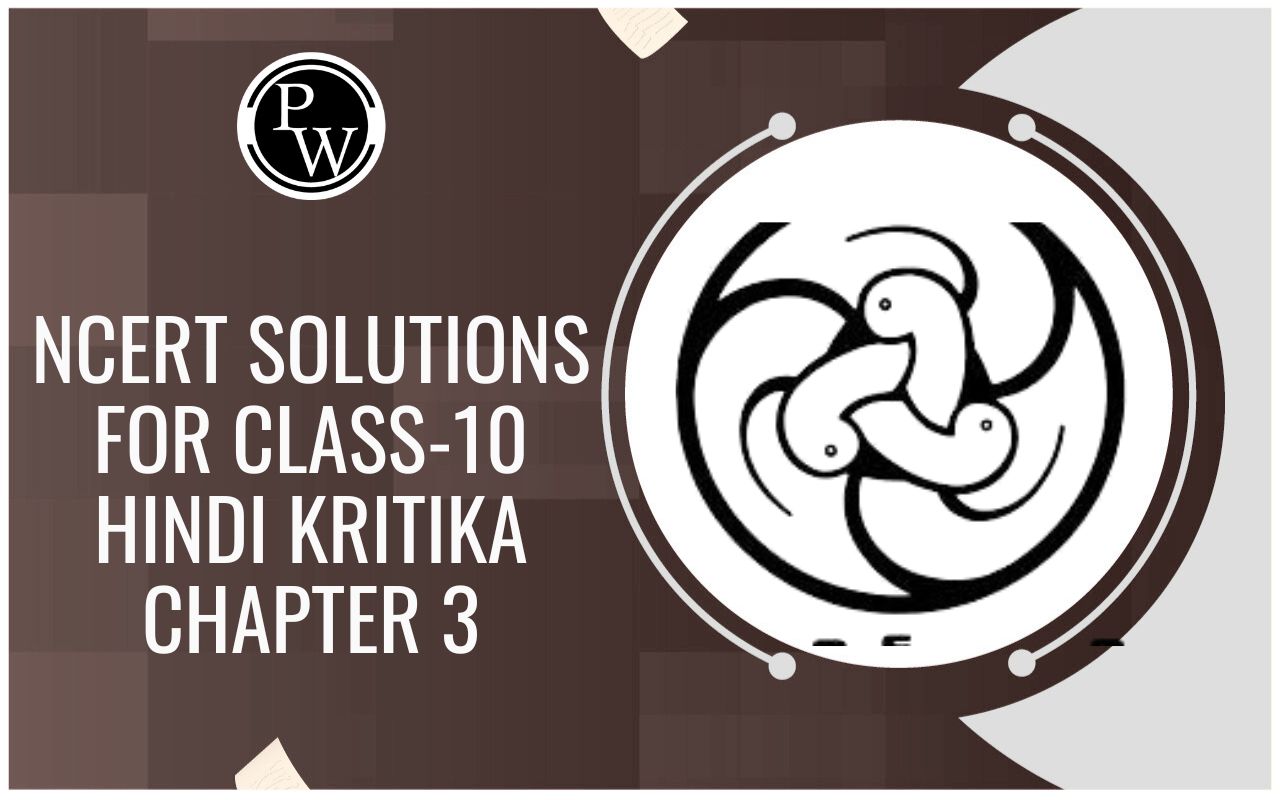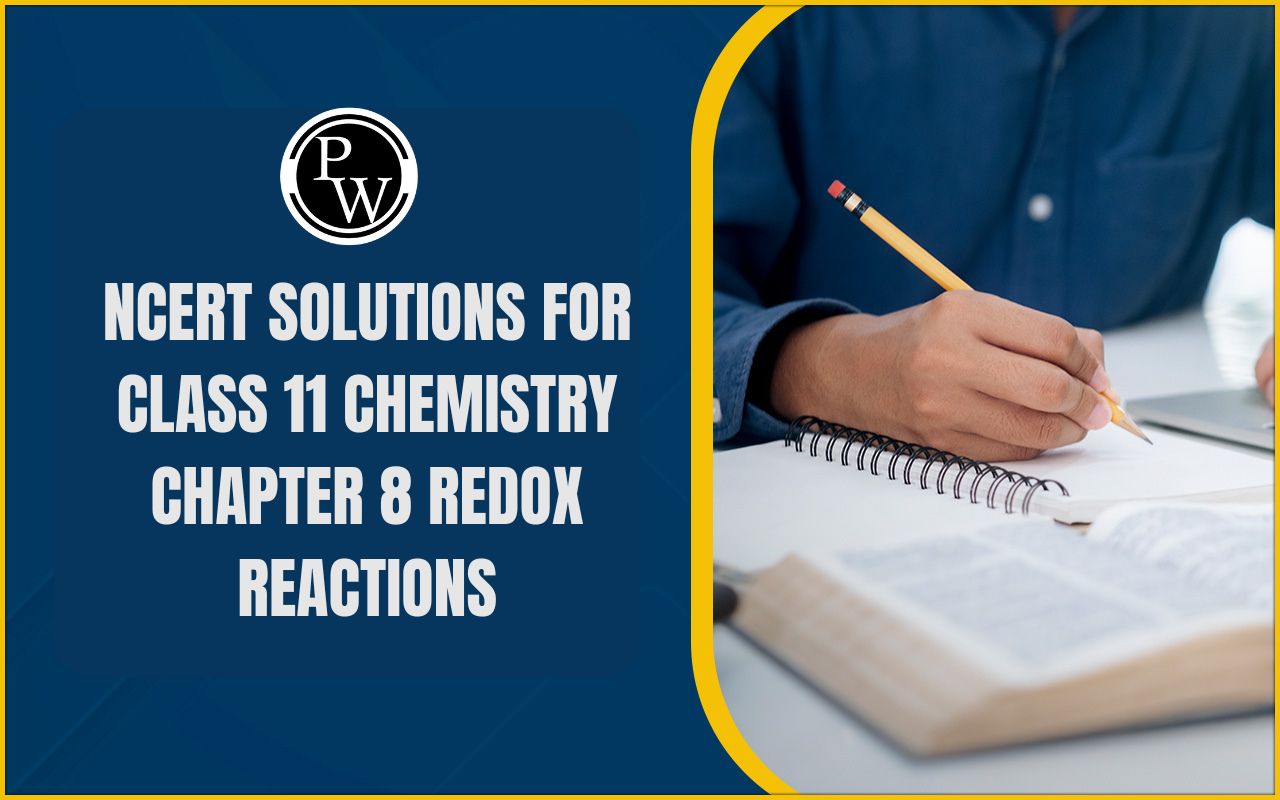
NCERT solutions for class 11 Maths
Class 11 th is the beginning stage of one’s technical career. The students can get the assistance of the best faculty of mathematics. The faculties have years of experience in a teaching career. The NCERT Solutions for class 11 maths is prepared as per the latest syllabus. The very idea of preparing this study material is to ensure that students do not miss anything.
This NCERT solution for class 11 maths is prepared some very experienced teachers. If students are stuck at any topic, they right away consult our experts. Since class 11th maths is considered to a grade of advance level, so students need to learn it accordingly. Our team has segregated NCERT solutions for class 11 maths on the basis of chapters. This solution is arranged in a systematic manner, which helps students.
NCERT Solutions for Class 11 Maths Chapters (Updated 2022-23)
NCERT Solutions for Class 11 Maths Free PDF Download
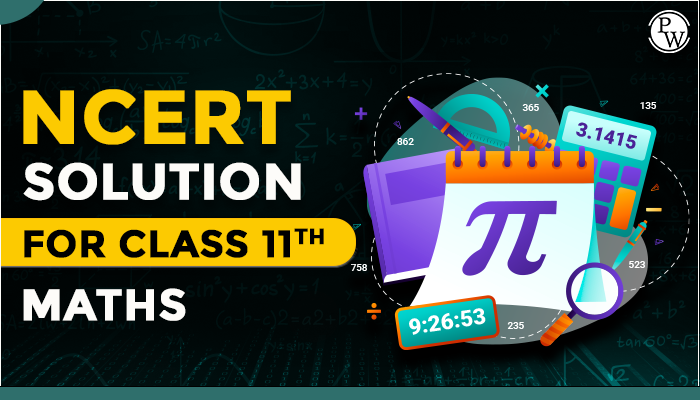
Chapter 1 Sets
A set is a well-defined collection of distinct objects. Well-defined collection means that there exists a rule with the help of which it is possible to tell whether a given object belongs or does not belong to given collection. Generally sets are denoted by capital letters A, B, C, X, Y, Z etc.
- Representation of Sets- Usually, sets are represented in the following ways
- Roaster form or Rabular form- In this form, we list all the member of the set within braces (curly brackets) and separate these by commas. For example, the set of all even numbers less than 10 and greater than 0 in the roster form is written as: A = {2,4, 6,8}
- Set Builder form or Rule form- In this form, we write a variable (say x) representing any member of the set followed by a property satisfied by each member of the set. A = {x| x < 5, x < N} the symbol ‘|’ stands for the words” such that”.
| NCERT Solutions for Class 11 Maths Chapter 1 Sets Exercises |
| Exercise 1.1 |
| Exercise 1.2 |
| Exercise 1.3 |
| Exercise 1.4 |
| Exercise 1.5 |
| Exercise 1.6 |
| Miscellaneous Exercise |
Chapter 2 Relations and Functions
Function can be classified into two categories:
- One-one or Many-one
- Into or Onto
Each of above category comprises entire gamut of function. Thus if a function is not one-one, it has to be many-one and vice-versa.
Similarly if function is into then it cannot be onto and converse.
- One-one functions (Injective): A function is said to be one - one if for every value of x in the Domain, there exists one and only one value in co-domain. Two different values of x do not have same value of y.
- Many-one functions: A function is said to be many-one if there exists at least two elements in domain which have same image in co-domain.
- Into functions: If there exist at least one element in co-domain which doesn't have a pre-image then such functions are said to be into.
- Onto functions (Surjective): If there doesn't exist any element in co-domain which does'nt have a pre-image then such functions are said to be onto. Note that for onto function co-domain = Range.
Based on above two categories of function, we can classify functions into four type
- One-one and Onto (Bijective)
- One-one and Into
- Many-one and Onto
- Many-one and Into
| NCERT Solutions for Class 11 Maths Chapter 2 Relations and Functions |
| Exercise 2.1 |
| Exercise 2.2 |
| Exercise 2.3 |
| Miscellaneous Exercise |
Chapter 3 Trigonometric Functions
Literally, the word 'trigonometry' means the study of the properties of triangles. This involves the measurement of angles and lengths. An angle is defined as the amount of rotation of a revolving line with respect to a fixed line. If the rotation is in anticlockwise sense, the angle is taken to be positive, otherwise negative.
Basically, we use two types of systems to measure an angle, viz., the sexagesimal system (or English system) and the circular system. In the former, a right angle is divided into 90 equal parts and each part is called one degree (1°). So, a straight angle is 180° and complete angle is 360°. Each degree is further divided into 60 equal parts and each part is called one minute (1'). Each minute again has 60 equal parts, each part being called one second (1).
- Thus, 1 right angle = 90°; 1° = 60; 1° = 60°. e.g., 40.32° = 40°(0.32 * 60)’ = 40°19.2’ = 40°19’(0.2 *60) = 40°19 -12'
- In circular system, the unit of measurement is radians. One radian is defined as the angle subtended at the center of a circle by an arc of length equal to the radius of that circle. It is written as 1c.
| NCERT Solutions for Class 11 Maths Chapter 3 Trigonometric Functions Exercises |
| Exercise 3.1 |
| Exercise 3.2 |
| Exercise 3.3 |
| Exercise 3.4 |
| Miscellaneous Exercise |
Chapter 4 Principle of Mathematical Induction
Principle of Mathematical Induction deals with topics such as the process of proving the induction its application in natural numbers as the least inductive subset of real numbers. Numerical related to the Principle of Mathematical Induction.
| NCERT Solutions for Class 11 Maths Chapter 4 Principle of Mathematical Induction Exercise |
| Chapter 4 Principle of Mathematical Induction |
Chapter 5 Complex Numbers and Quadratic Equations
Very often we come across many equations involving several powers of one variable. If the indices of all these powers are integers then the equation is called a polynomial equation. If the highest index of a polynomial equation in one variable is two, then it is a quadratic equation. A quadratic equation is a second degree polynomial in x usually equated to zero. In other ‘words, for an equation to be a quadratic, the coefficient of x2 should not be zero and the coefficients of any higher power of x should be 0.
Roots of the equation- Just as a first degree equation in x has one value of x satisfying the equation, a quadratic equation in x has two values of x that satisfy the equation. The values of x that satisfy the equation are called the roots of the equation. These roots may be real or complex.
| NCERT Solutions for Class 11 Maths Chapter 5 Complex Numbers and Quadratic Equations Exercises |
| Exercise 5.1 |
| Exercise 5.2 |
| Exercise 5.3 |
| Miscellaneous Exercise |
Chapter 6 Linear Inequalities
In earlier classes, we have studied equations in one variable and two variables and also solved some statement problems by translating them in the form of equations. Now a natural question arises: ‘Is it always possible to translate a statement problem in the form of an equation? For example, the height of all the students in your class is less than 160 cm.
Your classroom can occupy atmost 60 tables or chairs or both. Here we get certain statements involving a sign ‘<’ (less than), ‘>’ (greater than), (less than or equal) and (greater than or equal) which are known as inequalities. In this Chapter, we will study linear inequalities in one and two variables. The study of inequalities is very useful in solving problems in the field of science, mathematics, statistics, optimisation problems, economics, psychology, etc.
| NCERT Solutions for Class 11 Maths Chapter 6 Linear Inequalities Exercises |
| Exercise 6.1 |
| Exercise 6.2 |
| Exercise 6.3 |
| Miscellaneous Exercise |
Chapter 7 Permutations and Combinations
In real life we are often encountered with problems of counting. Many a times the number of ways of happening of an event is so large that we can not count it on our hands. Permutation and Combinations are techniques to simplify the process of counting and are very useful when the number of ways of happening of some event are very large.
The Sum Rule- Suppose a work A can occur in m ways and B can occur in n ways and both cannot occur simultaneously. Then A or B (at least one of them) can occur in (m + n) ways. This rule is also applicable for two or more exclusive events.
The Product rule- Suppose there are two works A and B. Let A can occur in m ways and B in n ways. Suppose that the ways for A and B are not related in the sense that B occur in n ways regardless the outcome of A. Then both A and B can occur in mn ways.
For example, let there be two questions A and B which can be solved by two methods and 3 methods respectively. Then both A and B can occur in 2 x 3 = 6 ways. The above rules are very useful and many problems of this chapter can be solved by using these fundamental concepts without using any formula.
| NCERT Solutions for Class 11 Maths Chapter 7 Permutations and Combinations Exercises |
| Exercise 7.1 |
| Exercise 7.2 |
| Exercise 7.3 |
| Exercise 7.4 |
| Miscellaneous Exercise |
Chapter 8 Binomial Theorem
Binomial Theorem was introduced by Newton for the purpose of calculating or approximating expansion of two terms raised to any power.
- Binomial Expression: Algebraic expressions which have two terms are called Binomial Expressions.
- Binomial Expansions: Binomials when raised to different powers are called Binomial Expansions.
- Binomial Index: It is the power to which a binomial is raised to give a Binomial Expansion.In this chapter, we are considering only positive integral index.
- Coefficient: The constant or the number associated with each term of a binomial expansion is known as the coefficient
| NCERT Solutions for Class 11 Maths Chapter 8 Binomial Theorem Exercises |
| Exercise 8.1 |
| Exercise 8.2 |
| Miscellaneous Exercise |
Chapter 9 Sequences and Series
The ordered list of numbers is defined as sequence. The sum of all the terms of a sequence is a series. Topics covered in this chapter are- Sequence and Series, Arithmetic Progression (A. P.), Arithmetic Mean (A.M.), Geometric Progression (G.P.), general term of a G.P., the sum of the first n terms of a G.P., infinite G.P. and its sum, geometric mean (G.M.), the relation between A.M. and G.M, formulae for the special series sums and more. Four exercises and a miscellaneous exercise are present in the chapter that helps the students understand the concepts given in the chapter by solving the questions.
| NCERT Solutions for Class 11 Maths Chapter 9 Sequences and Series Exercises |
| Exercise 9.1 |
| Exercise 9.2 |
| Exercise 9.3 |
| Exercise 9.4 |
| Miscellaneous Exercise |
Chapter 10 Straight lines
This chapter helps students recall two-dimensional geometry from earlier lessons. The displacement of the origin, the slope of a line, and the various forms of equations of a line, angle between two lines, including equations parallel to the axis, point-slope form, slope-intercept form, two-point form, intercept form, and the normal form are some of the topics covered in the chapter. Other concepts covered in the chapter are the general equation of a line, the equation of a series of lines passing through the intersection of two lines, the distance of a point from a line, and more. The chapter contains three exercises and miscellaneous exercises to help students solve and practice questions related to the chapter.
| NCERT Solutions for Class 11 Maths Chapter 10 Straight lines Exercises |
| Exercise 10.1 |
| Exercise 10.2 |
| Exercise 10.3 |
| Miscellaneous Exercise |
Chapter 11 Conic Sections
This chapter discuss about the concept of conic sections in detail. In mathematics, a conic section is a curve obtained as the intersection of the surface of a cone with a plane. Topics covered in this chapter are -Sections of a cone: Circles, ellipse, parabola, hyperbola, a point, a straight line, and pair of intersecting lines as a degenerated case of a conic section. Simple properties of parabola and Standard equations, ellipse, and hyperbola. Standard equation of a circle. There are four exercises in 11 Maths NCERT Solutions PDF and miscellaneous exercises in this chapter to solve which students learn the above topics.
| NCERT Solutions for Class 11 Maths Chapter 11 Conic Sections Exercises |
| Exercise 11.1 |
| Exercise 11.2 |
| Exercise 11.3 |
| Exercise 11.4 |
Chapter 12 Introduction to Three Dimensional Geometry
A point in space has three coordinates. In this chapter, class 11 students will discuss the some concepts of geometry in 3-dimensional space. The chapter discuss about the concept of coordinate axes and planes in three dimensions: point coordinates, the distance between two points, and section formulas. Three exercises in the chapter help students solve and understand the concept better. An miscellaneous exercises at the end of the chapter are present and consist of additional questions that cover all the important topics in the chapter.
| NCERT Solutions for Class 11 Maths Chapter 12 Introduction to Three Dimensional Geometry Exercises |
| Exercise 12.1 |
| Exercise 12.2 |
| Exercise 12.3 |
| Miscellaneous Exercise |
Chapter 13 Limits and Derivatives
The idea of limits is one of the basic concepts that distinguishes calculus from the remaining branches of mathematics. Limits are used to check the behaviour of functions close to certain points. This use paves the way to define continuity and differentiability of functions which are extremely important concepts to analyse functions.
We also introduce derivatives in this lesson and discuss their geometrical significance. Problems involving the concepts of limit, continuity and differentiability simultaneously are very common, which are explained elaborately in this lesson.
Limit and continuity of a function, limit and continuity of the sum, difference, product and quotient of two functions, L’Hospital rule of evaluation of limits of functions, continuity of composite functions, intermediate value property of continuous functions.
| NCERT Solutions for Class 11 Maths Chapter 13 Limits and Derivatives Exercises |
| Exercise 13.1 |
| Exercise 13.2 |
| Miscellaneous Exercise |
Chapter 14 Mathematical Reasoning
This chapter in NCERT Solutions discuss about some basic ideas of mathematical reasoning, especially in the context of mathematics. Students have already had to learn inductive reasoning in mathematical induction. In this chapter, some basics of deductive reasoning are described. The topics covered in this chapter are- mathematically acceptable statements, connecting phrases/words – the understanding of both “if and only if (necessary and sufficient) condition,” “and/or,” “implies,” “implied by,” “and,” “or,” “there exists,” validating the statements involving the connecting words, and more. Five exercises and a miscellaneous exercise are present in the chapter to help the students understand the concept of Mathematical Reasoning thoroughly.
| NCERT Solutions for Class 11 Maths Chapter 14 Mathematical Reasoning Exercises |
| Exercise 14.1 |
| Exercise 14.2 |
| Exercise 14.3 |
| Exercise 14.4 |
| Exercise 14.5 |
| Miscellaneous Exercise |
Chapter 15 Statistics
As we know that statistics deals with data collected for specific purposes. In this chapter, we will learn some important measures of variance and their calculation methods for ungrouped and grouped data. Topics covered in this chapter are- measures of variance, range, standard deviation, variance, and standard deviation of ungrouped/grouped data, and analysis of frequency distributions with the same means but different variances. Students can learn about the chapter by solving the problems given in the three exercises and the miscellaneous exercise in the chapter.
| NCERT Solutions for Class 11 Maths Chapter 15 Statistics Exercises |
| Exercise 15.1 |
| Exercise 15.2 |
| Exercise 15.3 |
| Miscellaneous Exercise |
Chapter 16 Probability
- Random Experiment- An experiment, whose all possible outcomes are known in advance but the outcome of any specific performance can not predicted before the completion of the experiment, is known as random experiment.
- Sample space and Sample Point: A set of all possible outcomes associated with same random experiment is called sample space and is usually denoted by ‘S’. Each element of a sample space is called a sample point.
- Event: An event is a subset of sample space.
- Simple Event and Compound Event: If an event is a set containing only one element of the sample space, then it is called a
- simple event: A compound event is one that can be represented as a union of simple events.
- Probability: If a random experiment can result in any one of N different equally likely outcomes, and if exactly n of these outcomes favour A, then the probability of event A, P (A) =n/N
| NCERT Solutions for Class 11 Maths Chapter 16 Probability Exercises |
| Exercise 16.1 |
| Exercise 16.2 |
| Exercise 16.3 |
| Miscellaneous Exercise |
CBSE Marking Scheme 2022-23
| No. | Units | Marks |
| I | Sets and Functions | 23 |
| II | Algebra | 25 |
| III | Coordinate Geometry | 12 |
| IV | Calculus | 08 |
| V | Statistics and Probability | 12 |
| Total | 80 | |
| Internal Assessment | 20 |
In addition, students can post all their queries related to other subjects, including Physics, Chemistry, and Biology. Meanwhile, Physics Wallah also keeps track of all the progress made by the students. To help students in this regard, NCERT Solutions for Class 11 Maths PDF Free Download can be chosen with better academic performance. Feedback and guidance are provided through regular assessments. Physics Wallah offers CBSE Exam Preparation Tips and Tricks with NCERT Solutions along with Class 11 Maths Revision Notes and Class NCERT Model Questions to help students prepare for Matriculation, State Exams, Entrance Tests, and other competitive exams.
Students can choose to study maths and other subjects by accessing our solutions anytime. If students face any problem while referring to NCERT Class 11 math book or solution, they can always approach the Physics Wallah expert team to clear all their doubts. Students can also download Class 11 Maths NCERT Solutions to get better knowledge about the basic concepts that are important for the exams.
Why NCERT Solutions for Class 11 Maths are important?
The NCERT Solutions to each and every sum is provided in a very judicious manner. Special care has been taken on difficult topics. The team has taken efforts to break down the most typical numerical as well into simpler type. We have also provided students with more practical based questions in NCERT solutions for class 11 maths, which help them enhance their thinking horizon. All we want from students is un-deviated attention and perseverance.
Students can also find simple tips and tricks to solve critical numerical. The NCERT solutions for class 11 maths can also help students to prepare for their competitive examinations. This NCERT solutions for class 11 maths can be utilised by students to strengthen their foundation of concepts. The holistic and diversified approach adopted by us helps students to learn various topics without missing any of them.
The study material comprises of various competitive level questions as well which helps in understanding competitive examinations. The very speciality of NCERT solutions for class 11 maths provided by Physics Wallah is easy to read. The NCERT solutions for class 11 maths has been very effective for students when revising just before the examination. All the questions are chosen very selectively.
How to Study NCERT Solutions for Class 11 Maths effectively?
The team has totally removed the un-necessary studying part from the study material. We wish students have sharp question-solving skills for examination. Students referring NCERT solutions for class 11 maths have an extra cutting edge over the rest students. These NCERT solutions for class 11 maths are helpful for a student looking to score maximum marks. The complete study material has been prepared after extensive research of previous year question papers.
Why Physics Wallah is best for NCERT Solutions for Class 11 Maths?
Students don’t need to study all the textbook, rather they can refer NCERT solutions for class 11 maths. We have been always the topmost preference of toppers. We provide students with a special strategy to score maximum marks and minimise mistakes.
The complete study material is available for free. Students can access these NCERT solutions for class 11 maths with a single click. Students looking for expert guidance can contact our team. This NCERT solutions for class 11 maths can be accessed on multiple devices.
Key Benefit for NCERT Solutions for Class 11 Maths
NCERT solutions for class 11 Maths is prepared by expert of Physics Wallah to gives you errorless and accurate solutions of all questions given in the NCERT.
- We have uploaded solution of class 11 maths of all questions given in the exercise of NCERT text book.
- All NCERT solutions for class 11 Maths are prepared carefully to provide you errorless solutions with all required steps.
- All solution of class 11 maths are prepared and solved as per the new guideline of CBSE so that you can score full marks in your exam. With Physics Wallah NCERT solutions for class 11 Maths you can score full marks in class 11 maths.
- Based on new pattern of CBSE class 11 according to which now MCQ based questions weightage will be increased and lots of school are adding this in their internal exam too to give students additional advantage and practice for class 12 upcoming board exam. Physics Wallah consist of additional questions which are MCQ based and added several solved examples apart from NCERT solutions for class 11 Maths.
- NCERT solutions for class 11 Maths in the present subject consist of solution to all questions given in exercise of NCERT in exercise wise so that you can get solutions of your questions which you are facing problem quickly.
- All the solutions consist of detail information with each and every step which are required.
- Step by step solution of numerical will help you to understand the method of solving the questions and clear your concepts of class 11 maths.
Frequently Asked Question (FAQs)
Q1. How to score full marks in class 11 Maths with the help of NCERT solutions of class 11 Maths ?
Ans. To score good marks in class 1 Maths you need to have good foundation of concepts and its application in the numerical. Conceptual celerity can be develop by reading and understanding the theory part given in the chapter of NCERT and application can be understood through solved examples and questions given in Exercise.
Q2. What are the most important chapters of class 11 Maths ?
Ans. In unit test and final exam of class 11 maths all most all chapters are covered and questions are asked form all chapters. Few topics are needed to be solved more frequently like Trigonometric Functions, Modulus and Conjugate of a Complex Number, Binomial Theorem, Permutations and Combinations, Linear Inequalities.
Q3. What are the tips and trick to do final revision for class 11 Maths ?
Ans. Class 11 Maths consist of 16 chapters so make sure you have prepared a detail notes of all 16 chapters which consist of all important points and formulas used. These notes are to be prepared form NCERT text book and having all bullet points which are needed to solve the questions.
Notes prepared by you is highly helpful for the final revision of class 11 Maths. Do solve few sample papers of class 11 Maths which help you to find out the mistake you do in the exam and work on these mistakes.
Q4. Should we use some additional book apart form NCERT text book of class 11 Maths ?
Ans. If you are preparing for class 11 Maths than no need to follow any reference book NCERT class 11 Maths is sufficient for class 11 Maths. But if you are preparing for competitive entrance exam than you must follow few additional book of Maths and solve MCQ based questions for class 11 Maths.
Q5. Solving Exercise question by the help of NCERT solutions for class 11 Maths is good practice ?
Ans. No, NCERT solutions for class 11 maths is only for reference one shouldn’t use it as helping guide. Use these solutions only for the numerical which you can’t solve despite of several attempts.

